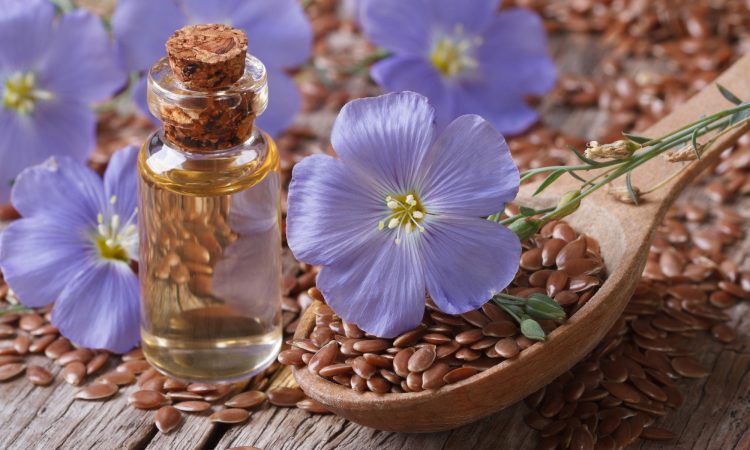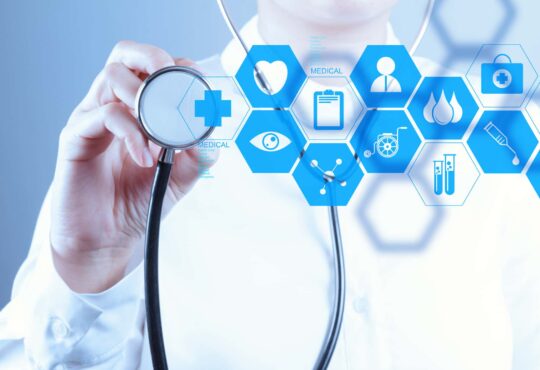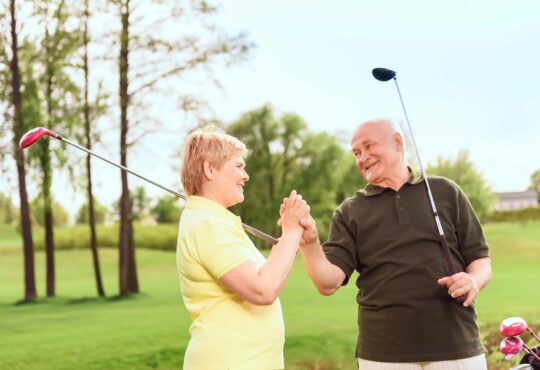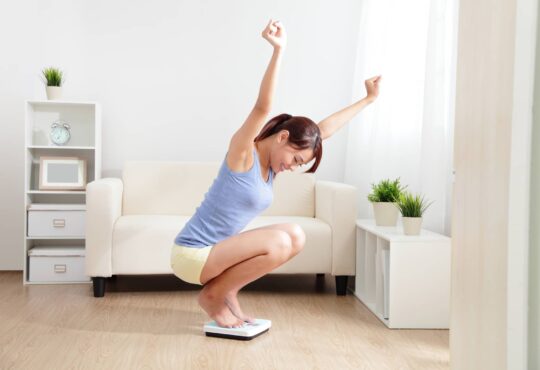
Having a blood pressure reading with the top number over 115 may be the most dangerous biomarker of all, according to the authors of one scientific study.
That is, if you’re over 115, you are at significant risk of both stroke and heart attack, two of the top killers of Americans. The Center for Disease Control and Prevention says it’s a primary or contributing factor for over 1,100 deaths every day.
Mainstream medicine calls 120 “normal,” but that doesn’t mean it’s optimally healthy.
https://www.cdc.gov/dhdsp/data_statistics/fact_sheets/fs_bloodpressure.htm
https://www.ncbi.nlm.nih.gov/pubmed/24126178
One out of three American adults has readings over 140, considered to be hypertensive.
And another one out of three adults in this country fall between 121 to 140, which is considered prehypertensive. Which means they’re in the danger zone, but taking medications for their hypertension would be riskier than the high blood pressure.
Which should tell you that you don’t want to take prescriptions for high blood pressure.
Yet, according to the American Heart Association, the cutoff for calling blood pressure high should be 130, not 140. https://www.heart.org/en/news/2018/05/01/more-than-100-million-americans-have-high-blood-pressure-aha-says
If you’re over that figure, the AHA wants you to take action to lower your pressure.
The Dangers of High Blood Pressure
When your blood pressure surges too high, it can blow out a blood vessel in your brain, causing a stroke. It can also break a blood vessel in your heart, causing a heart attack. Or it can damage the fragile filtering tubes in your kidneys. Hypertension is the primary reason people need to go on renal dialysis.
High Blood Pressure Risk Factors
https://www.heart.org/en/health-topics/high-blood-pressure/why-high-blood-pressure-is-a-silent-killer/know-your-risk-factors-for-high-blood-pressure
* Smoking tobacco
* Obesity
* Consuming a lot of sodium and little potassium
* Lack of physical activity
* Drinking alcohol
* Sleep apnea
* High amounts of stress
A lot of people say they never experience hypertensive symptoms. However, it can give you headaches and make you feel hot and flushed.
Prescription Medications for Hypertension
If a doctor gets on your case about your blood pressure, they will prescribe at least two medicines.
The first will be one of the following types:
* Angiotensin receptor blockers
* Calcium channel blockers
* ACE inhibitors
Common side effects of these kinds of drugs include:
https://medlineplus.gov/ency/article/007484.htm
* Skin Rashes
* Lightheadedness
* Constipation
* Diarrhea
* Erectile dysfunction
* Nervousness
* Feeling tired and weak
* Rashes
However, nobody claims any of those medications *cure” high blood pressure. None of them deal with the underlying causes.
Your veins and arteries are too stiff. When your blood surges in volume, they’re not elastic enough to widen as they should.
Also, somehow your water and electrolytes (sodium and potassium) are out of balance. Your body is retaining too much water, making your blood volume too high.
And these medications often drop your blood pressure reading by a small amount, such as 5 points on top and 2 points on the bottom for ACE inhibitors. Calcium channel blockers may lower the figures by 8 on top and 3 on the bottom.
You’ll Also Have to Take a Diuretic/Water Pill
They take a very mechanical approach to managing your blood pressure. They just force water out of your body. Then it’s just a matter of fluid dynamics. Your blood volume is lower, so there’s much less chance of the pressure going high enough to damage your brain, heart or kidneys.
Water pills do help save you from suffering the most severe consequences of high blood pressure, but many people don’t enjoy having to pee like a racehorse every twenty minutes.
However, There is an Alternative to Taking Those Medications
What’s more, one study found people taking this alternative for six months dropped their upper reading by ten points and their lower reading by seven points.
That reduces their risk of stroke by 46% and their risk of heart disease by 29%.
The study participants that were over 140 when the study began, saw a drop of 15 points.
So you see, this alternative outperformed the prescription medications when it came to actually lower blood pressure. And with NO side effects.
The study participants simply ate a tablespoon a day of . . . ground flaxseeds.
They’re easy to add to oatmeal and other cereals. Ground flaxseeds have a light, nutty flavor.
You can buy a 2-pound bag at Walmart for around $4.00. At one tablespoon a day, that will last you 5-6 months.
Oh, and make sure the flaxseeds you buy are ground, unless you want to do the job yourself with a coffee grinder. Eating the whole seeds will not do you any good, because they’ll pass right through you, undigested.
Other Health Benefits of Flaxseeds
https://www.healthline.com/nutrition/benefits-of-flaxseeds
Flaxseeds are incredible for many other reasons as well, including:
* They contain a lot of ALA, an Omega-3 oil
* Their lignans are phytonutrients and phytoestrogens that appear to fight cancer, especially breast and prostate
* They help control your blood sugar levels
Don’t Forget the Other Risk Factors
However, obviously, you should also take care of yourself in other ways, to avoid having high blood pressure in the first place.
That includes stopping smoking, exercise regularly and cut down on how much sodium you eat.
Ground flaxseeds are so inexpensive, yet can do so much to keep you alive and healthy, there is no rational reason not to eat one tablespoon every day.







